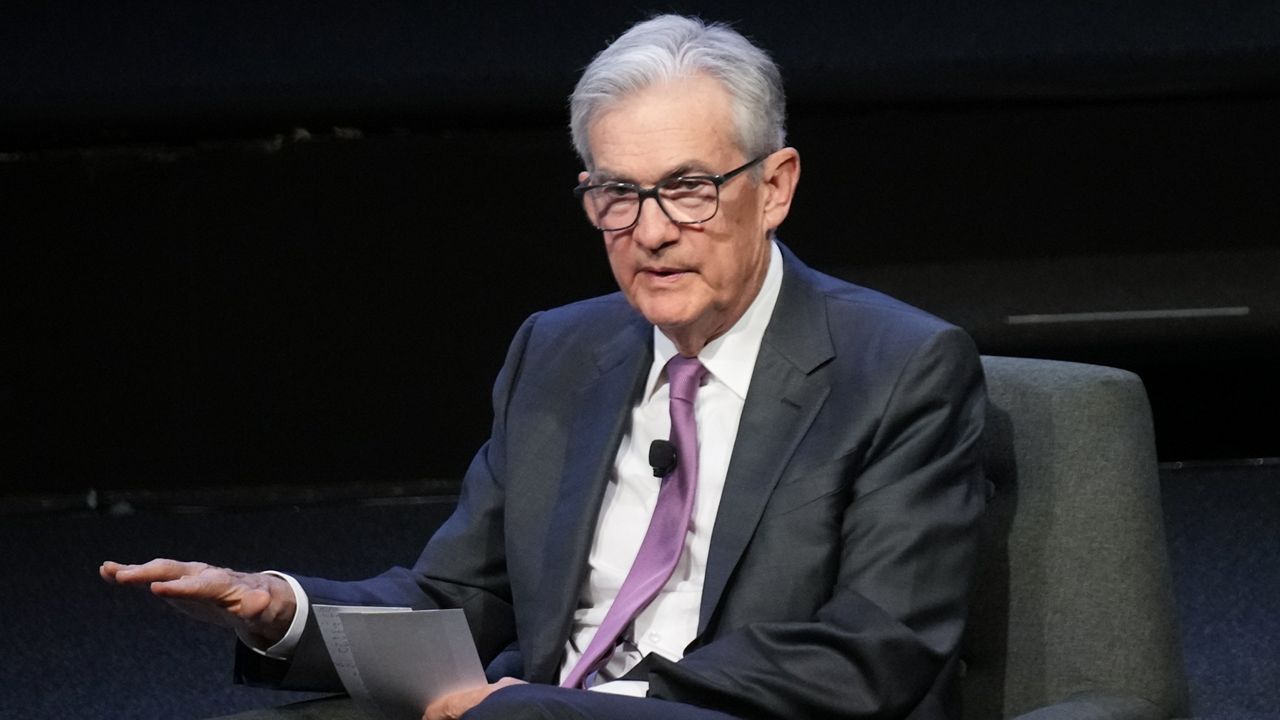As some of the country’s largest unions continue to strike, or threaten to, organized labor has the support of 71% of Americans. And regardless of political affiliation -- Republican, Democrat or independent, red state or blue -- the support crosses party lines.
According to a new poll from the AFL-CIO, a majority of Republicans, two-thirds of independents and 91% of Democrats support unionized labor.
“Working people are reclaiming our power. Working people are taking on the companies that have exploited us for a long time now,” AFL-CIO President Liz Shuler said Tuesday during the group’s inaugural state of the unions address, just days before the Labor Day holiday weekend. “The state of the unions is on the rise. It’s on the rise with every strike, with every picket line, every win we deliver for workers all over this country.”
The head of largest federation of unions in the U.S. representing more than 12 million active and retired workers, Shuler championed a recent contract deal the Teamsters union negotiated with UPS, as well as Starbucks workers who have unionized at more than 300 locations throughout the country.
The ongoing Writers Guild of America and Screen Actors Guild strikes are among the 200+ strikes that have happened so far this year involving more than 320,000 workers, Shuler said. That’s ten times more strikes so far this year than just two years ago.
That number could swell next month if the United Auto Workers’ 150,000 members strike against the Big Three Detroit auto makers, as their members authorized in a vote last week.
Traveling the country speaking to unionized and non-unionized workers, Shuler said she’s often told, “I don’t feel good about my future. I need to make more money. I wish I could afford a home. I need a stable job, and I wish I had some power over my work and my life.”
Unions, she said, are the answer to growing workplace inequalities. In 1953, the average CEO made about 20 times as much as the average worker. Today, the disparity has grown to 272 times as much.
“Is it because they work 272 times harder than the rest of us do?” Shuler asked. “Does it make sense to anyone in this room that Jeff Bezos makes in seven seconds what an Amazon warehouse worker makes in a year? That he has enough money to rocket himself into space while half this country lives paycheck to paycheck?”
What led to the growing pay inequality between corporate executives and the workforce is a confluence of factors, including lower-quality jobs and union busting, she said. American manufacturing jobs have fallen almost 40% over the past 40 years as manufacturing shifted overseas. Gig work has also replaced careers. More than half of all states have passed right-to-work legislation that prevents workers from being forced to join a union or to pay fees to support a union.
As workers continue to earn a minimum wage that hasn’t increased from $7.25 since July 2009 and are trying to support themselves amid high inflation, union support is enjoying a popularity it hasn’t experienced in generations. Support is especially strong among people under the age of 30, 88% of whom support organized labor, according to the new AFL-CIO survey.
The poll found 75% of Americans support workers going on strike. 70% of those polled also said they are concerned artificial intelligence will displace workers. Women workers were especially concerned because of AI’s potential to make job inequities even worse.









